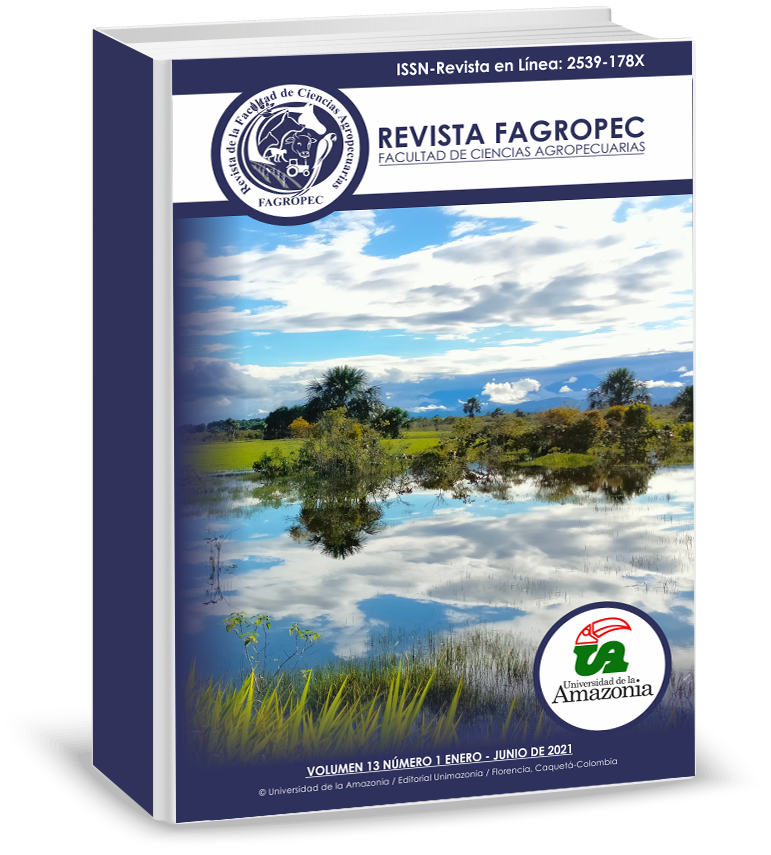Comparación del aislamiento bacteriano por medio de hisopado y lavado de bajo volumen en yeguas criollas colombianas con endometritis
DOI:
https://doi.org/10.47847/fagropec.v13n1a4Palabras clave:
Bacterias, diagnóstico, hisopado, lavado, endometritis, yeguasResumen
La endometritis bacteriana en las yeguas, es una de las principales causas de subfertilidad en las yeguas generando factores negativos en el desarrollo de la reproducción equina. A causa de manejos reproductivos inadecuados el diagnóstico y la terapéutica generalmente fracasan aumentando los casos de infertilidad en las hembras. El presente estudio se realizó con 15 yeguas criollas colombianas las cuales presentaron signos de subfertilidad como abortos, retención placentaria, repetición de celos, secreción vulvar, entre otros; fueron diagnosticadas por medio de examen clínico reproductivo, y cultivo microbiológico mediante las técnicas de hisopado uterino y lavado de bajo volumen. Los datos fueron analizados mediante estadística descriptiva. Del total de muestras analizadas E. coli fue el agente con mayor frecuencia de aislamiento de manera individual y en infecciones mixtas, a su vez, de las 15 muestras evaluadas para el cultivo mediante la técnica de hisopado se encontró que E. coli se aisló en un 33.33% (5/15), mientras que con el lavado de bajo volumen se obtuvo un aislamiento de 13.33% (2/15). De las técnicas analizadas el hisopado mostró una mayor eficacia en el aislamiento de E. coli con respecto al lavado de bajo volumen.
Descargas
Referencias
Albihn, A.B., Baverud, V., Magnusson, U. (2003). Uterine microbiology and antimicrobial susceptibility in isolated bacteria from mares with fertility problems. Acta Veterinaria Scandinavica, 44, 121–129. doi: 10.1186/1751-0147-44-12
Ball, B. A., Shin, S. J., Patten, V. H , Lein, D. H., Woods, G. L. (1988). Use of a low-volume uterine flush for microbiologic and cytologic examination of the mare's endometrium. Theriogenology, 29, 1269–83. doi.org/10.1016/0093-691X(88)90007-6
Beehan, D. P., Wolfsdort, K., Elam, J., Krekeler, N., Paccamonti, D., Lyle, S. (2015). The evaluation of biofilm-forming potential of Escherichia coli collected from the equine female reproductive tract. J Equine Vet Sci (35), 935-939. doi.org/10.1016/j.jevs.2015.08.018
Benko, T., Boldizar, M., Novotny, F., Hura, V., Valocky, I., Dudrikova, K., Karamanova, M., Petrovic, V. (2015). Incidence of bacterial pathogens in equine uterine swabs, their antibiotic resistance patterns, and selected reproductive indices in English thoroughbred mares during the foal heat cycle. Veterinarni Medicina, 11, 613–620. doi:10.17221/8529-VETMED
Causey, R. C., Miletello T, O´Donell L, Lyle S, Paccamonti D, Anderson K, Eilts B, Morse S, LeBlanc MM. (2008). Pathologic Effects of Clinical Uterine Inflammation on the Equine Endometrial Mucosa. THERIOGENOLOGY, (54), 276-277.
Christoffersen, M., Brandis, L., Samuelsson, J., Bojesen, A.M., Troedsson, M.H., Petersen, M.R. (2015). Diagnostic double-guarded low-volume uterine lavage in mares. Theriogenology, 83, 222-7. doi.org/10.1016/j.theriogenology.2014.09.008
Diel de Amorim, M., Gartely, C., Foster, R., Hill, A., Scholtz. E., Hayes. A., Chenier, T.. (2015). Comparison of clinical signs, endometrial culture, endometrial cytology, uterine low volume lavage, and uterine biopsy, and combinations in the diagnosis of Equine Endometritis. Journal of Equine Veterinary Science, 44, 54-61. doi:10.1016/j.jevs.2015.10.012
Ferris, R. A. (2016). Diagnostic tools for infectious endometritis. Vet Clin North Am Equine Pract, 32(3), 481- 498. doi:10.1016/j.cveq.2016.08.001
Frontoso, R., De Carlo, Pasolini, M. P., Meulen, K., Pagnini., U, Lovane, G., Martino., L. (2008). Retrospective study of bacterial isolates and their antimicrobial susceptibilities in equine uteri during fertility problems. Research in Veterinary Science, 8, 1–6. doi:10.1016/j.rvrsc.2007.02.008
LeBlanc, M. M. y Causey R., C. (2009). Clinical and subclinical endometritis in the mare: Both Threats to Fertility. Reprod Domest Anim, 44(3), 10 - 22 http://www.ncbi.nlm.nih.gov/pubmed/19660076
LeBlanc M. M., Magsig J., Stromberg, A. (2007). Use of a low-volume uterine flush for diagnosing endometritis in chronically infertile mares. Theriogenology, 68(3), 403–12. doi:10.1016/j.theriogenology.2007.04.038
Leblanc, M. M. (2003). Persistent mating induced endometritis in the mares: pathogenesis, diagnosis and treatment. Recent Advances in Equine Reproduction. En B. B., A. (Ed.), Recent Advances in Equine Reproduction. International Veterinary Information Service.
Morales, P. C., Castro, R., A. (2018). Estimación de la integridad uterina en yeguas Pura Raza Chilena y su asociación con edad y número de partos. Rev Inv Vet Perú, 29(2), 565-574. doi:10.15381/rivep.v29i2.14489
Overbeck, W., Witte, T., S., Heuwieser, W. (2011). Comparison of three diagnostic methods to identify subclinical endometritis in mares. Theriogenology, 75, 1311–1318. doi:10.1016/j.theriogenology.2010.12.002
Petersen, M. R., Nielsen, J. M., Lehn-Jensen, H., Bojensen, A. M. (2009). Streptococcus equi subsp. zooepidemicus resides deep in the chronically infected endometrium of mares. Clin Theriogenology, 1, 393–409.
Petersen, M. R., Skive, B., Christoffesen, M., Lu K., Nielsen, J. M,, Troedsson, M.H., Bojesen, A. M. (2015). Activation of persistent Streptococcus equi subspecies zooepidemicus in mares with subclinical endometritis. Vet Microbiol, 179, 119-25. doi:10.1016/j.vetmic.2015.06.006
Scoggin, Ch. (2016). Endometritis, nontraditional therapies. Vet Clin North Am Equine Pract, 32(3): 499-511. doi:10.1016/j.cveq.2016.08.002
Siemieniuch, M. J., Kozdrowski R., Mioduchowska S., Nowak, R. (2019). Evidence for Increased Content of PGF2a, PGE2, and 6-keto-PGF1a in endometrial tissue cultures from heavy draft mares in anestrus with endometritis. Journal of Equine Veterinary Science, 77, 107 - 113. doi:10.1016/j.jevs.2019.02.014Terttu, K. (2016). Evaluation of diagnostic methods in equine endometritis. Reprod Biol, 16, 189-196. doi:10.1016/j.repbio.2016.06.002.
Publicado
Número
Sección
Licencia

Esta obra está bajo una licencia internacional Creative Commons Atribución-NoComercial-CompartirIgual 4.0.
























